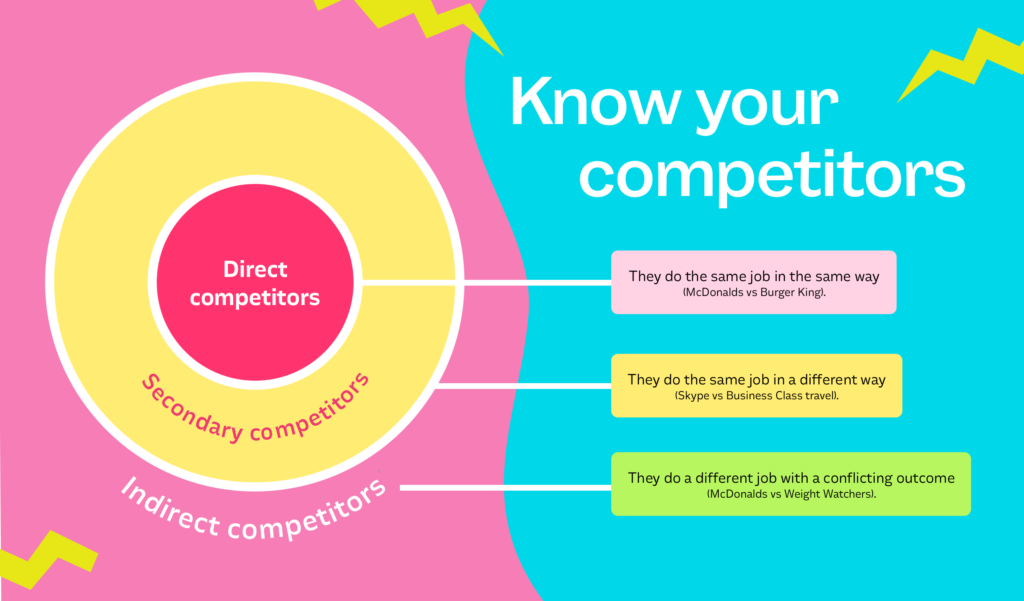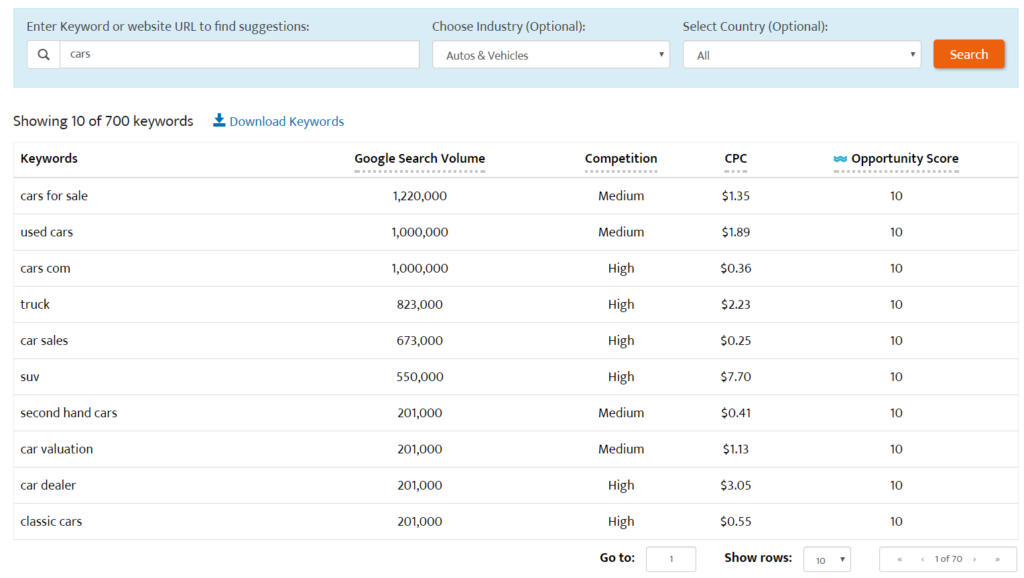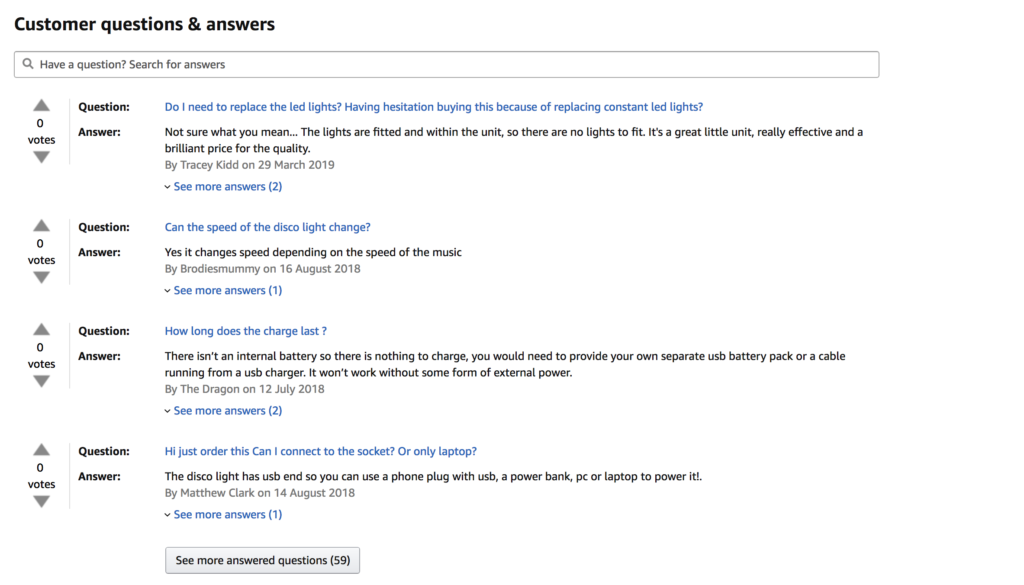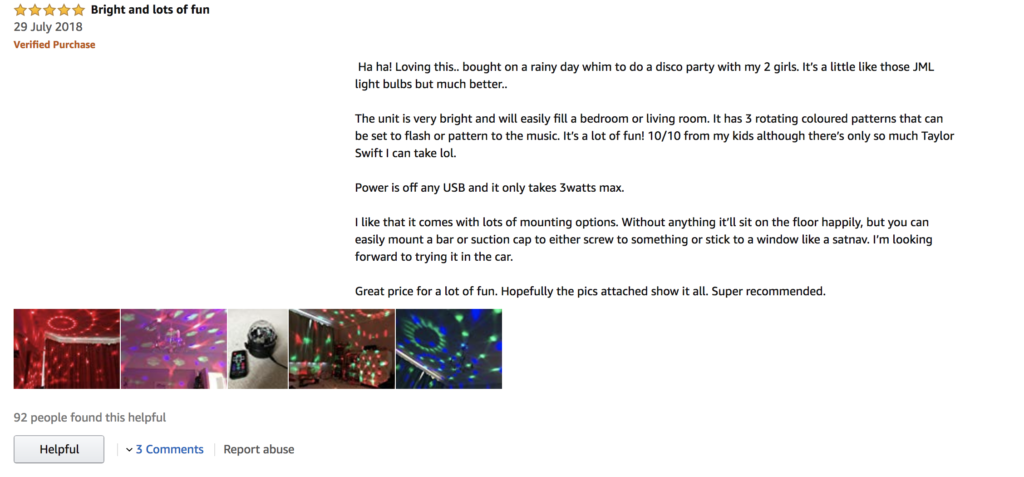
How to perform basic Amazon competitor research

Selling on Amazon is a great way to expand your customer reach and bring in additional sales. There are some limits, of course, but once you understand how to sell on Amazon, you’ll be ready to take on the world. Or so you think.
The truth is that you still have competitors on Amazon that you will need to beat to the top. If you don’t work to be the best out of your competition, then you won’t see an increase in sales, and, if you have registered as a professional vendor, then you’ll need to pay the monthly charge without any payoff.
You can improve your listings and beat your competition all at once by following this guide, because competitor research is about so much more than just optimising your listings, it can also dictate your marketing and business model.
The benefits of conducting competitor research
When you first set up on Amazon, after all, you won’t have any reviews, and research shows that customers don’t often buy items that have less than a three star rating. As a new business, this can unfortunately disadvantage you, as you won’t have any reviews yet. This is where Amazon is selling features like the early reviewer program, and where it offers your customers an incentive to review their new product.
Before you can get to that stage, however, you’ll want to conduct Amazon product research and competitor research to optimise your Amazon web store and your product listings.
How to perform basic Amazon competitor research
1. Set out your goals in advance

Before you start, you are going to want to set out your goals in front of you. This is really important as it will help you to identify who your true competitors are. Another company might sell a similar product, but if you are marketing to two different demographics, then they aren’t really a threat.
Setting out your goals should include:
- Who your demographic is
- What your sales target is
- Whether you want a single sale or subscription
- What category or categories you will be selling in
It’s okay for your goals to be very basic at this stage. You will learn more about your goals as you analyse your competition over time.
2. Identify your direct competitors

Now that you know how you want to market your brand, you will need to find your direct competitors. They might not always be in the categories you have outlined for yourself, so simply try to find your product as you would if you were your customer. You will then see your direct competition.
3. Conduct keyword analysis on these pages

Conducting keyword analysis on these pages is a great move that can help both with your SEO and with product descriptions. You want your listing to be found both through Google and via Amazon’s own search feature, and chances are the top competitors have already done this for you.
4. See the Q&A section for insight

Not many businesses respond to the Q&A section, and that is a shame. It is often full of genuine queries and responses from customers who have either purchased the item, or not purchased it and just want to drop their two cents in (often wrongly).
These questions should be answered in your product description, as they are obviously concerns that your customers have and need answered before they commit to buy.
5. See what your customers are saying

It is also a good idea to go through and see what reviewers are saying and the points they’re raising, as these will often come with great marketing material and keyword research.
6. Analyse their Enhanced Brand Content
Your most professional competitors will be using Amazon’s Enhanced Brand Content features. It is essentially an advertising infographic that can be very effective in boosting sales and engagement. See what they are doing and how you can improve from there.
7. Price right using your competitor’s listings

Getting the price right is an important part to your whole business, and it’s equally as important on Amazon.
There are plenty of tools you can use to get your listing high up on the “buy box”. When you are dealing with competitors who are selling the same product as you, beating them in the buy box is one of the most effective ways to win new customers over and achieve higher sales.
To beat your competitors in the buy box you have a few features available. One such feature is the “beat the lowest Fulfilled by Amazon price” feature, which will price your product just slightly lower than the price offered by Amazon. Of course, you should also take the time to look at what your competitors are pricing their products at, and aim to beat that price to win sales.
Vendors and Professional sellers also have a variety of methods to offer discounts:
- Lightning Deals
- Price discounts
- Best deals
- Coupons
- Buy one get one free offers
8. Be aware of competitor’s statuses
Ongoing competitor research is very smart, because it means you will know immediately when your competitors are out of or low on stock of a product that you’re both selling. You can then offer a discount on that product or advertise it to tempt your competitor’s customers away and to your store.
Monitoring your competitors is an incredibly effective Amazon competitor research tool. Best strategies in marketing, product description, and more will always change, and though you should stay on top of these concepts yourself, knowing what your competitors are doing is invaluable. You want to be the best, so therefore you will need to have a benchmark.